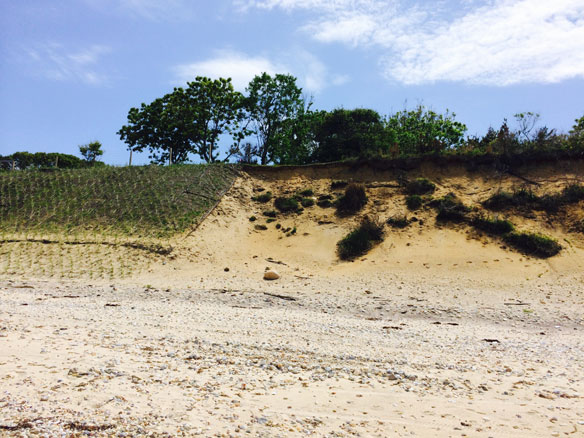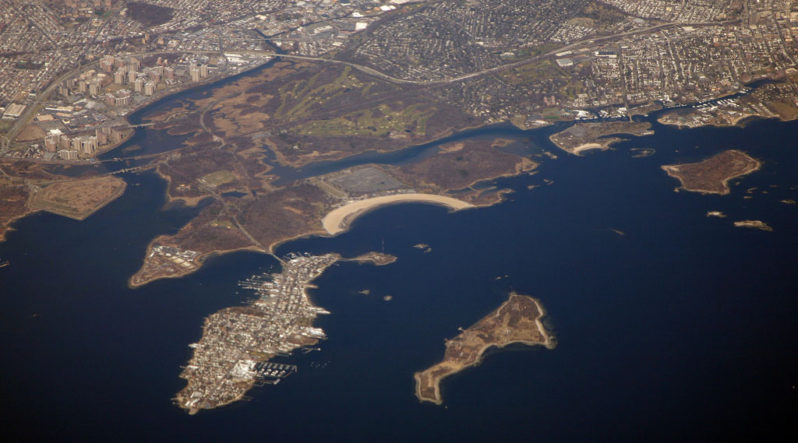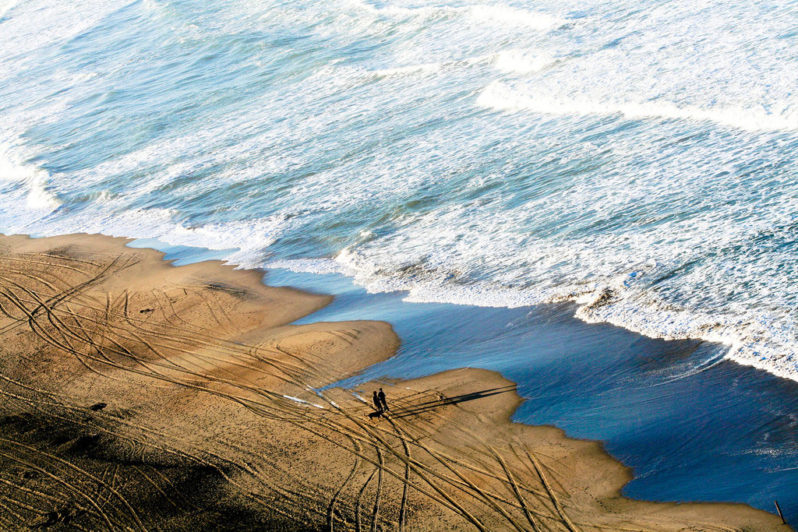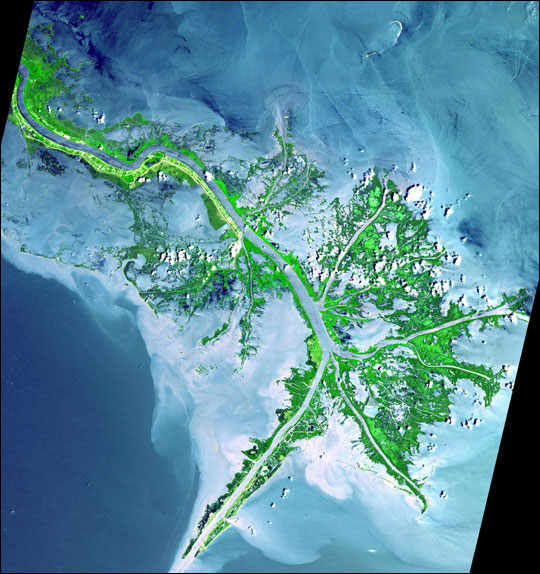A softer approach, living shorelines as an alternative to a hardened coast

Research over the last decade points toward the pursuit of living shorelines for coastal landowners seeking erosion control.But, with regulatory lag and miles of shoreline lost each year to harsh structures, it’s not always easy.
The State of the World’s Beaches

Coastal zones constitute one of the most heavily populated and developed land zones in the world. Despite the utility and economic benefits that coasts provide, there is no reliable global-scale assessment of historical shoreline change trends.
Erosion at New York’s Hart Island graveyard unearths human bones

Hart Island, a massive burial ground near the Bronx borough of New York City, is eroding, unearthing human bones along the shoreline. Advocates said the city hasn’t done anything – until now.
Holden Beach Says ‘No’ to Terminal Groin, NC

Terminal groins are wall-like structures built perpendicular to the shore at inlets to contain sand in areas of high erosion, like that of beaches at inlets.
Ocean Beach sand transfers will disrupt SF traffic on Great Highway

For the next two months, bulldozers, backhoes and dump trucks will dig up and ferry 75,000 tons of sand south from the beach’s northern shores in an effort to temporarily replenish precious coastline lost to the forces of nature and accelerated by the effect of climate change.
Seafloor erosion now occurring like coastal land loss

Scientists have discovered that the seafloor from the Mississippi River Delta to the Gulf of Mexico is eroding like the land loss that is occurring on the Louisiana coast. During the 20th century, thousands of dams were built on Mississippi River tributaries stopping the flow of fine silt, clay and other sediment from reaching the delta and seafloor to offset erosion.
Human-Engineered Changes on Mississippi River Increased Extreme Floods

A new study has revealed for the first time the last 500-year flood history of the Mississippi River. It shows a dramatic rise in the size and frequency of extreme floods in the past century—mostly due to projects to straighten, channelize, and bound the river with artificial levees. It also uncovered a clear pattern over the centuries linking flooding on the Mississippi with natural fluctuations of Pacific and Atlantic Ocean water temperatures.
Illegal beach scraping practices in Florida

Four beachfront homeowners are receiving warnings from state for removing sand from beach with machinery to create a “small frontal dune at the base of the original eroded dune.” The practice of ‘beach scraping’ was common during the early part of the 1900s, but improper practices eventually led to state regulation.
Who knows where the sand goes?

After years of rebuilding Delaware Bayshore beaches decimated by Hurricane Sandy, the American Littoral Society and its partners have developed a computer tool to help predict where the sand will travel.
